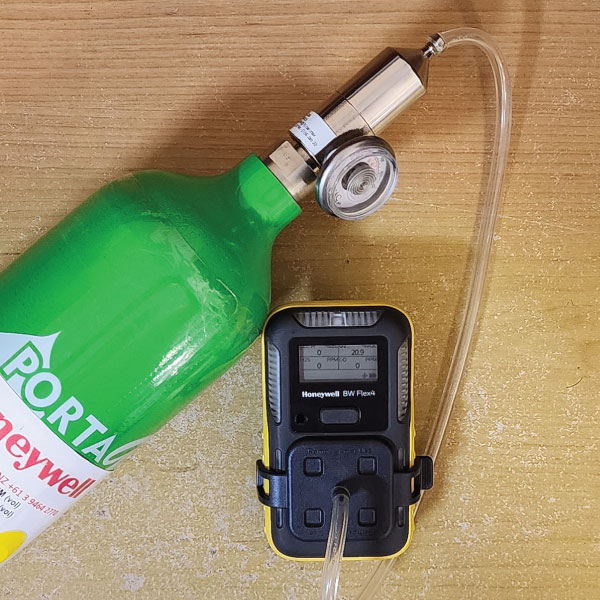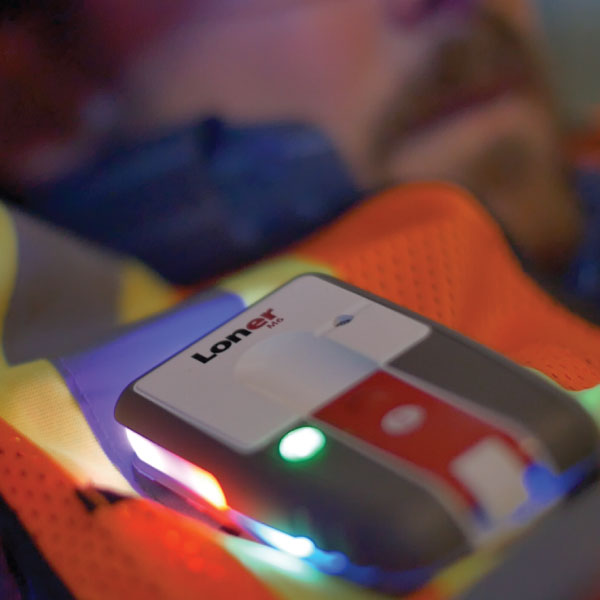When it comes to your refrigerant monitor, any gas leak will end up costing you money. The actual relationship between the amount of product lost and the resulting PPM (parts per million) of refrigerant in the air depends on the: plant room size, pick-up point location, location of the leak, and airflow in the room. All of these factors affect the actual concentration displayed for the inlet.
To assist you in working out the relationship between the amount of refrigerant leaking and the concentration being measured we have put together two detailed case studies, shown below.
Case study based on a room that is 15m x 10m x 3m = 450 cubic metres.
Sample 1 - Sealed Plant Room with no air turnover

Q.1 How much refrigerant is necessary to cause a 25ppm reading?
A. If it is R22 the amount of refrigerant is .004kg
Q. 2 If the leak rate is 150kg/year of R22, how long will it take to reach 25ppm?
A. Time = 2.35 hours

Q.1 What is the minimum leak that will reach 25ppm?
A. For R22 the amount of refrigerant is 0.02kg/hour OR 175kg/year
Q.2 How long will it take to detect a gas leak of 200kg/year of R22?
A. Time = 4 hours
Q.3 If the trip point is set at 10ppm, what is the minimum leak rate of R123 that will trigger the alarm?
A. 0.0148kg/hour OR 130kg/year
Q.4 How long will it take to detect a gas leak of 150kg/year of R123??
A. Time = 4 hours
Normal industry practice is to think about refrigerant gas leaks in terms of weight or refrigerant per unit time such as kgs/hr or kgs/yr. This is a natural and logical way of looking at it. The system monitors the amount of refrigerant gas present in the air in Parts Per Million (ppm) by volume of refrigerant molecules as compared to air molecules. To develop a relationship between the leak rate in weight per unit time and ppm reading of the monitor, there are a number of items that need to be considered and accounted for.
These are:
- Room Volume
- The relationship between refrigerant amount in weight compared to the refrigerant volume at the temperature and pressure of the room
- The amount of time the refrigerant has been leaking
- The rate at which fresh air enters the room (stale air is exhausted)
- The location of the monitor inlet relative to the leak, the air patterns of the room, and the rate at which the leaking refrigerant expands to fill the room











